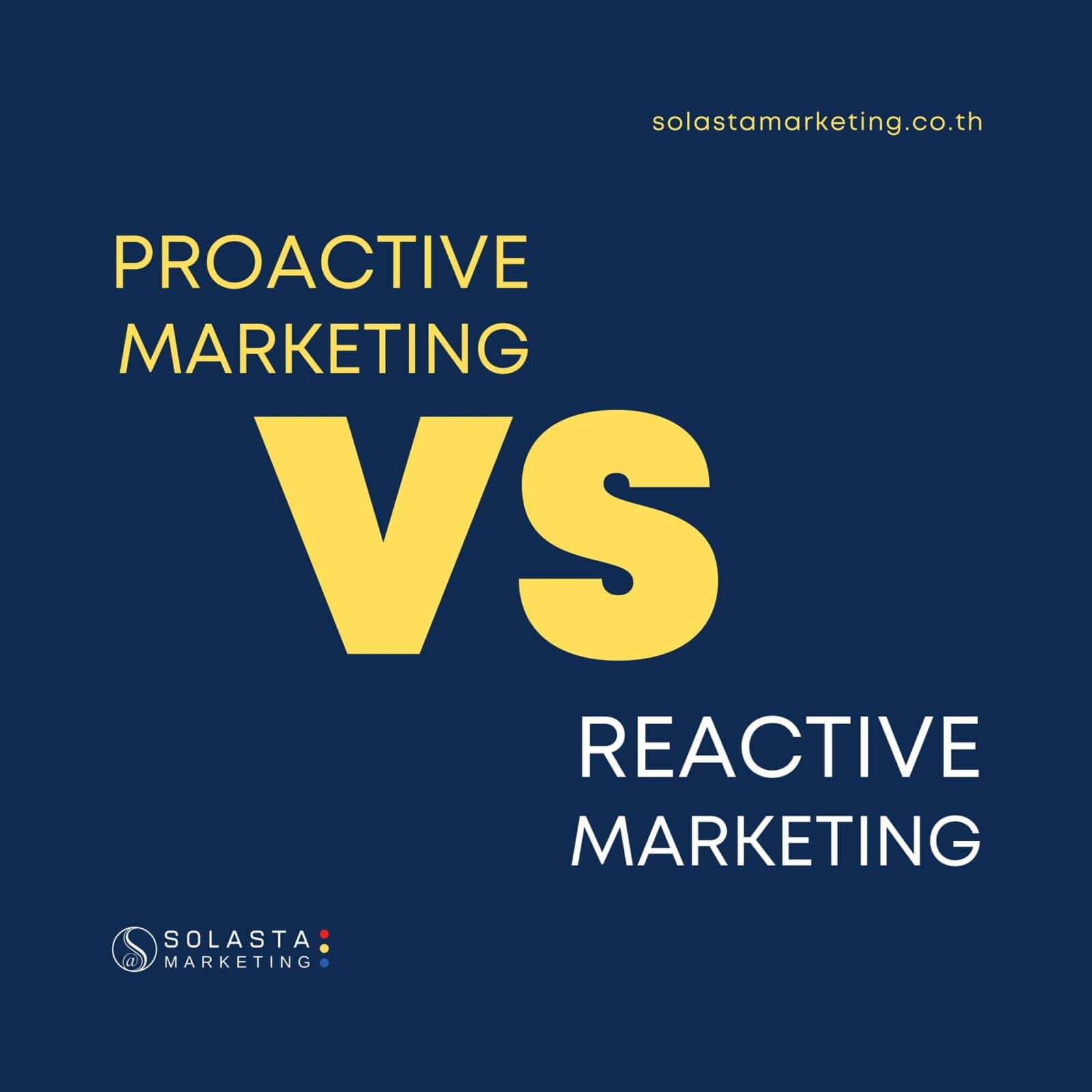
Proactive marketing involves anticipating future needs, creating trends, and shaping perceptions. Examples include product launches and innovating to meet changing consumer preferences.
Reactive marketing responds to existing market conditions, adjusting strategies based on feedback and competitive actions. Examples include adjusting pricing based on competitor actions and addressing sudden shifts in consumer preferences.
☑️ Timing: Proactive marketing is future-oriented, while reactive marketing is present-oriented.
☑️ Control: Proactive marketing aims to lead and influence, while reactive marketing involves adapting to external influences.
☑️ Innovation: Proactive marketing involves creativity, while reactive marketing focuses on agility and responsiveness.
☑️ Risk: Proactive marketing may involve higher risk, while reactive marketing involves lower risk.
A balanced approach that combines elements of both proactive and reactive marketing can be effective in today’s dynamic business environment.
